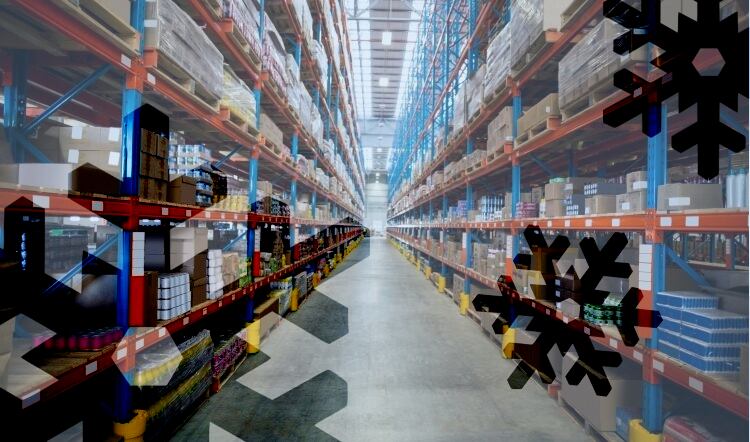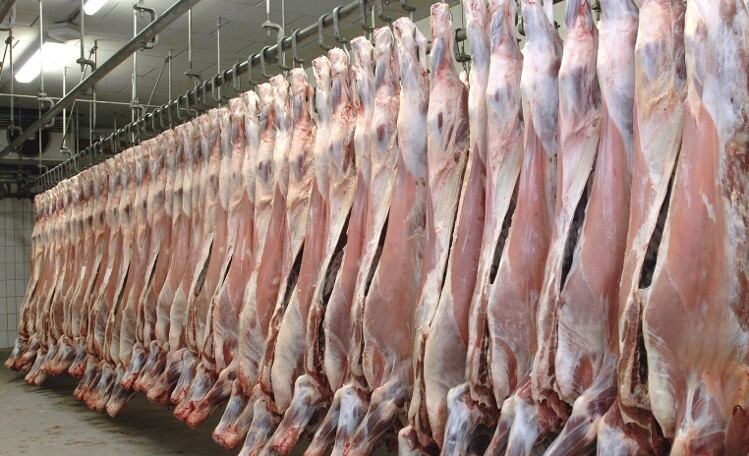There are as many types of food processing plants as there are categories of foods and while they may all be different, they have one thing in common – functional and efficient heating, ventilation, and air conditioning (HVAC) systems are a fundamental operational requirement.
HVAC units are not only necessary to maintain employee health and comfort levels but are also essential to ensure air quality and the elimination of airborne pathogens, allergens, and other potentially harmful components.
Unfortunately, HVAC systems come with an inherent risk – they use R32 coolants which, despite their high efficacy and low Global Warming Potential (GWP), are composed of hazardous chlorofluorocarbons. If coolant leaks from a system, it can endanger personnel, increase operational costs, and raise environmental concerns.
Additionally, refrigerant gas leaks can cause irreversible compressor damage, increasing electricity consumption and accordingly, monthly energy bills.
It has been found that a leaking HVAC unit consumes almost 20% more electricity than a fully functioning one and that a small continuous leak, left unrepaired for three months, could use an extra 10kW in electricity once the leak becomes critical. Considering current energy prices, it is an expense most facilities can ill afford.
Technology to the rescue
Because refrigerant gas is both odourless and colourless, it can make detecting a leak challenging. While there are several things that can be done in the case of a suspected leak, nothing can replace the accuracy and efficiency of using specially designed technology for this task.
Whether a leak results from mechanical damage, equipment failure or poor maintenance, a gas detection system can help prevent a minor incident from becoming a crisis.
In fact, designers and manufacturers of electronic equipment for the refrigeration and HVAC industries have worked diligently over the past few years to improve the effectiveness of refrigerant, toxic and combustible gas sensors, with modern sensors boasting greater intelligence and capabilities to combat risks posed by toxic and non-toxic gases.
Thanks to rapidly evolving technology, the latest generation of sensors and systems are smart, self-contained single fixed gas sensors which are particularly suited to detecting R32 gases associated with HVAC units. Many of these sensors have a proven return on investment of just two years, and that is without taking into consideration the cost of repairs to an existing faulty system.
Sensor equipment with signalling alarms, LED lights that indicate the presence and status of each sensor, as well as audio/visual alarms to alert staff, is also available. These systems help ensure that leaks are quickly identified and repaired at the first opportunity, minimising the risk to the health and safety of workers, and preventing breaches in regulatory compliance.
Understanding regulations
For anyone working with refrigerant gas, an understanding of F-Gas regulations is vital. Although the UK has since left the EU, the UK government has specified that businesses will have to apply for a new GB hydrofluorocarbon (HFC) quota while they follow the same CO2 phase down as was specified by the European Commission.
Since January 2020, under UK and EU legislation, a ban has been in force that prevents refrigerants with a GWP greater than 2,500 being used to service or refill refrigeration systems, with a refrigerant charge size of 40 tonnes of CO2 equivalent or more. In addition, the topping up with new fluid of systems that use some HFC refrigerant gases, such as R404a and R507a, has been banned.
These F-Gas regulations have also raised the requirements for regular gas leak checks. EU regulations stipulate that a system with 300kg or more of refrigerants be fitted with a leak detector, a shift that affects operators of stationary refrigeration equipment, air conditioning, heat pumps and refrigeration units on refrigerated trucks and trailers. Where gas leak detection systems aren’t installed on apparatus, the frequency of mandatory gas leak checks will of course increase.
Additionally, to prevent the risk of ignition posed by the flammability of some refrigerants, operators are required to maintain in-room concentration levels below the lower flammability level. This requirement is reinforced by safety legislation and standards such as ISO 5149 and EN 378.
A further ban came into effect at the start of this year. From 1 January 2022, the use of F-Gas with a GWP of 150 or more in hermetically sealed refrigerant systems that are for commercial use are banned. Products with recycled or reclaimed HFCs are not exempt from the ban.
In line with F-Gas regulations, the Environment Agency has the power to impose civil penalties of up to £200,000 for various breaches, including failure to comply with provisions in the regulations or permitting another person to breach those provisions. The efficacy and impact of F-Gas regulations in the UK are currently under review, with new regulations possible by the end of this year.
Although volatile and toxic gases such as ammonia and methyl chloride are no longer used in HVAC systems, refrigerant leaks still pose several threats – to workers, the environment, and the bottom line. However, managed in a controlled environment and coupled with the use of modern safety and monitoring technology, these gases will operate at their most efficient level, thus mitigating these risks.




